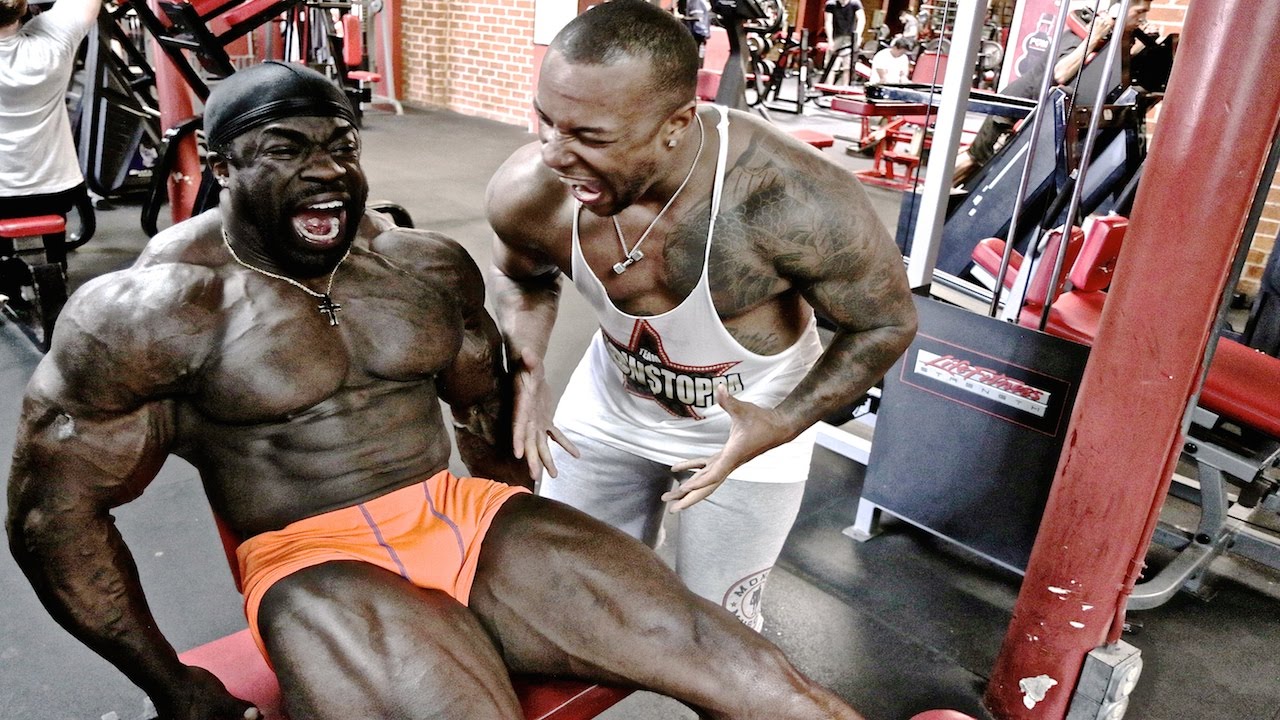One of the best strength training exercises for leg strength is the squat. The reason this exercise is so effective is because it targets a very large number of muscle fibres in the lower body. When you are trying to greatly increase your strength, this is going to be a primary goal.
One of the most common mistakes when performing a squat is not squatting low enough. Many people fall for the misconception that squatting any lower than parallel is going to be very harmful to your knee joints. The truth is that by not squatting any lower they are actually short-changing themselves from many of the benefits they would see from this exercise.
When executing the squatting movement it is very important that you make sure your knees are tracking directly over your toes. Provided they are doing this you will greatly reduce the chances that you will start to suffer from knee pain.
Additionally, by squatting extremely low so that your bum is almost touching the ground you will really target in on your glute muscles, thus giving you that curved appearance to your back side.
Keep in mind that if you choose to take advantage of squatting this low and you have not been up until this point you are going to have to reduce the weight you are lifting. At the bottom of the squat you are going to be significantly weaker and therefore will not be able to push as much weight upwards. If you are just implementing this strength training principle into your program it is a good idea to first practice these squats without any weight at all so you can get the feel of the movement. Your balancing abilities will also come into play while in this position so getting used to the movements will aide in this process.
There are a few different variations on the squat exercise that you can perform. The standard is with feet shoulder with apart facing forward. You can however turn the feet slightly out and widen the stance to help target the inner thigh muscles more.
Another great variation is doing a front squat where you will place the barbell in front of your head, resting the bar next to your collarbone. This method will really hit the quadriceps muscles more so than a normal back squat (barbell behind the head).
Finally, you can add one-legged squats to your program if you are very strong and are really looking for a way to increase the intensity.
So never underestimate the power of the below parallel squat exercise. It should definitely be included in any comprehensive strength training routine, as the benefits to this exercise are very numerous.
